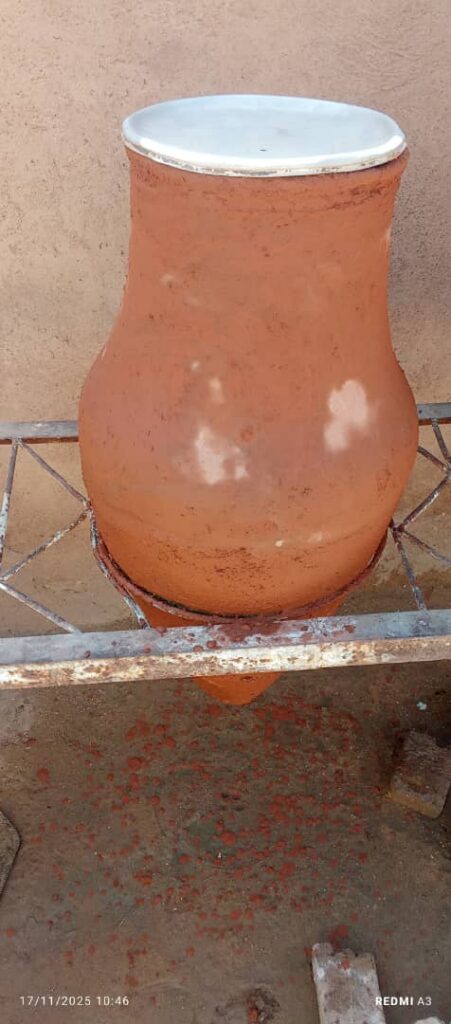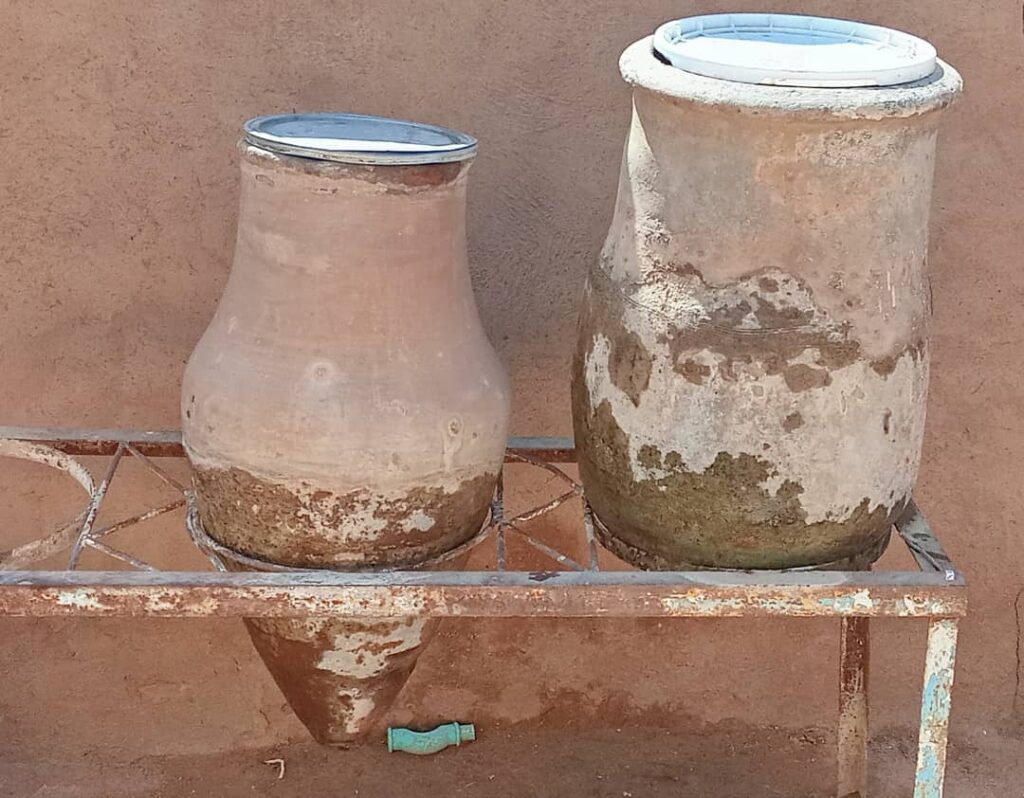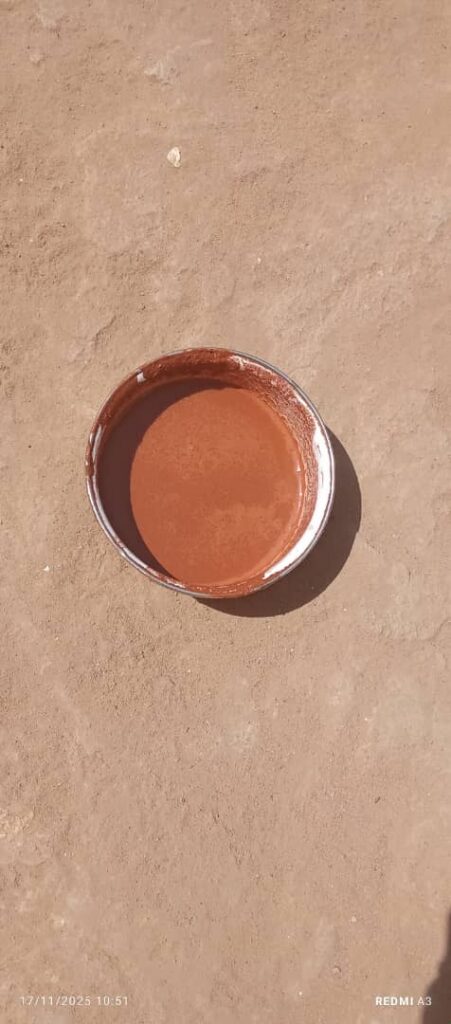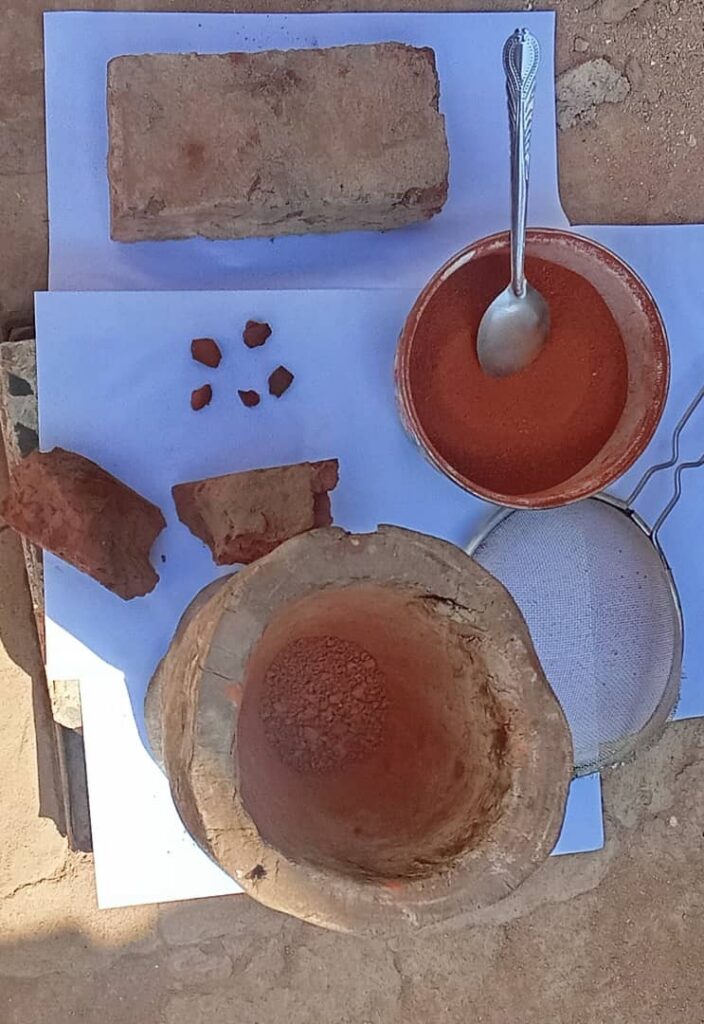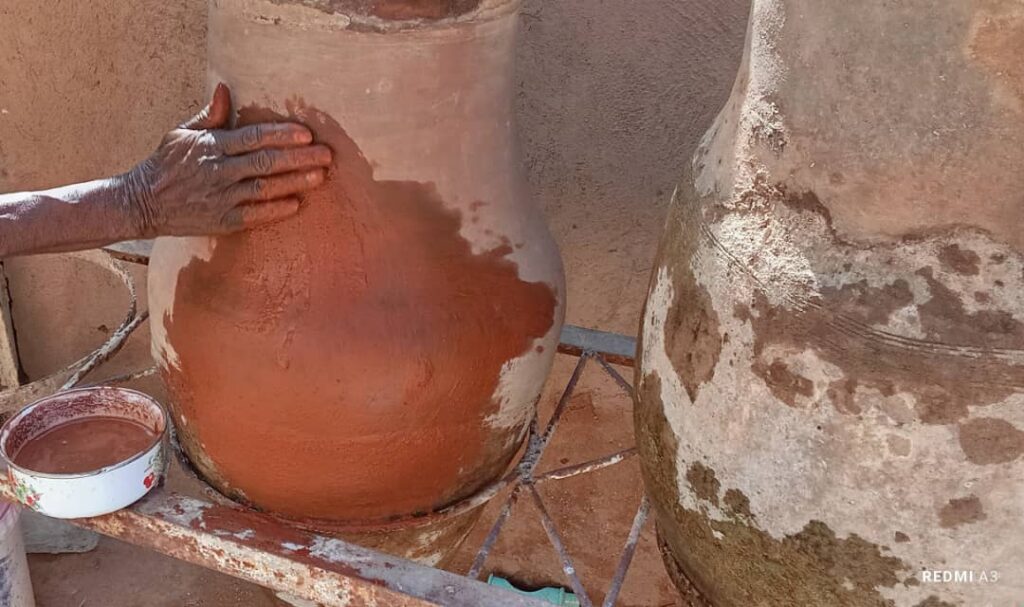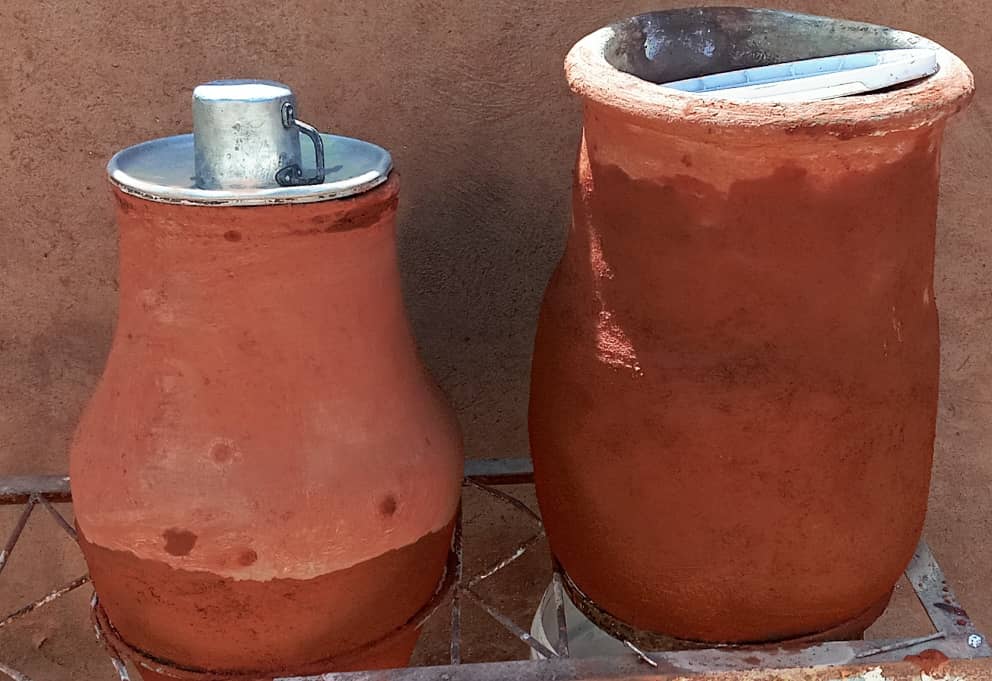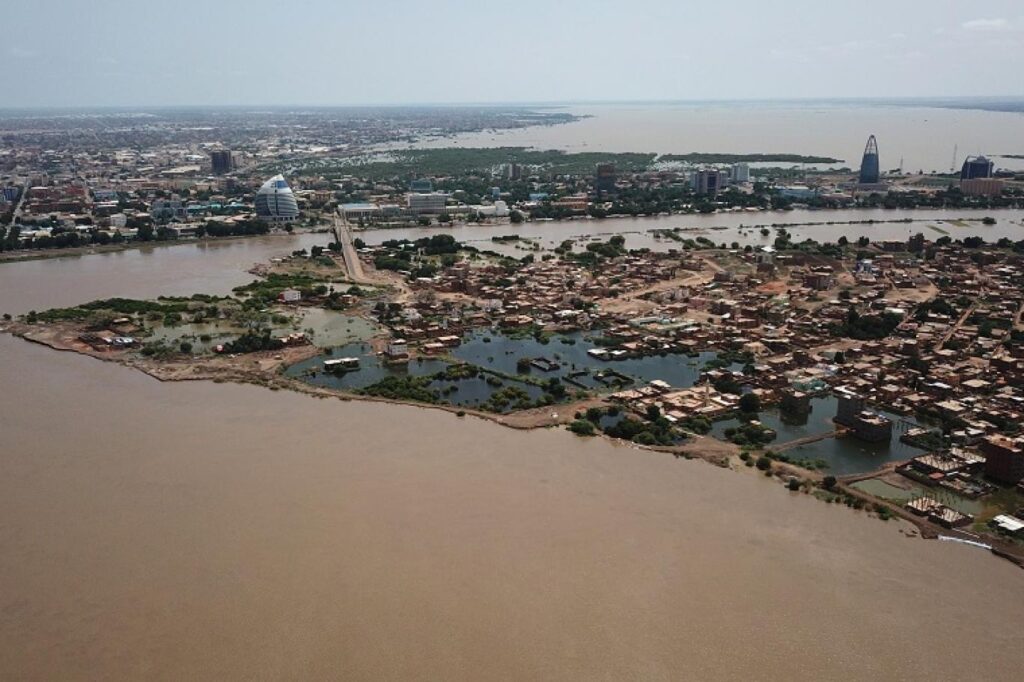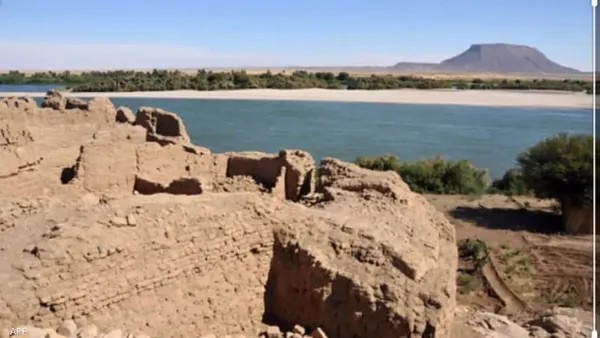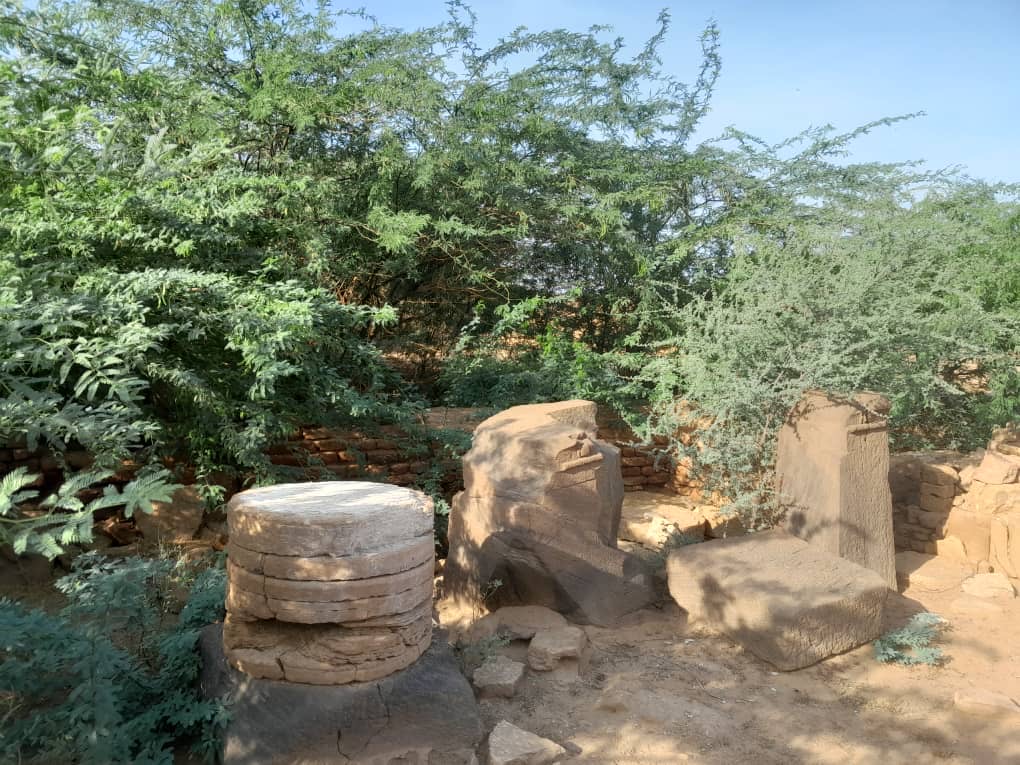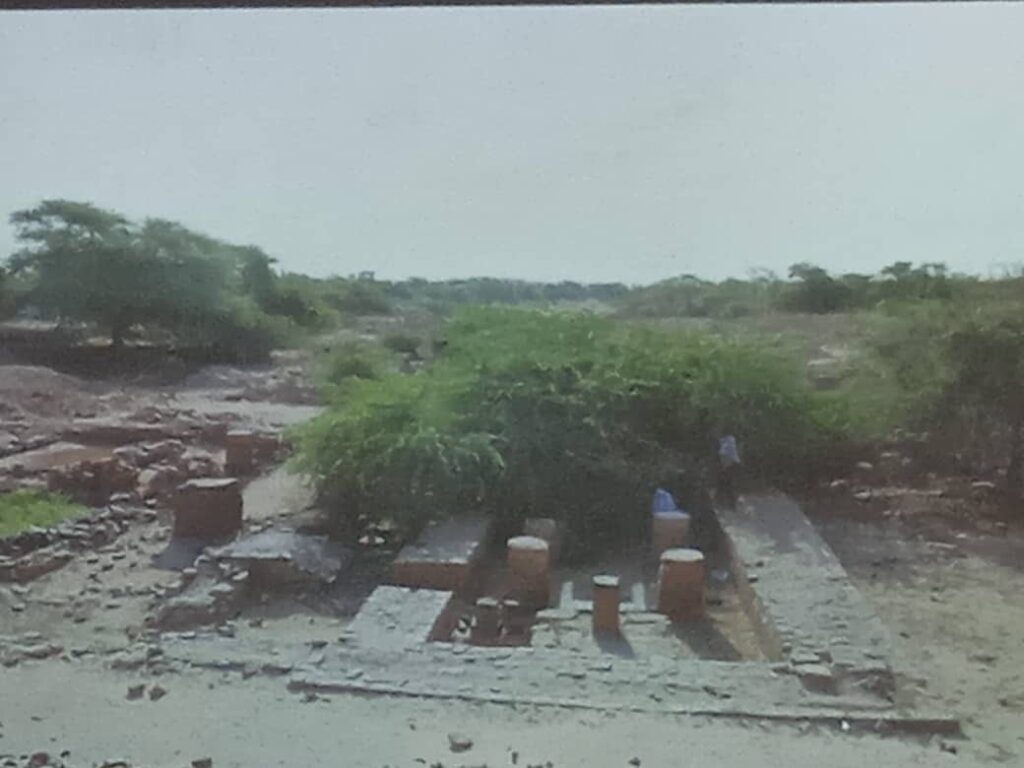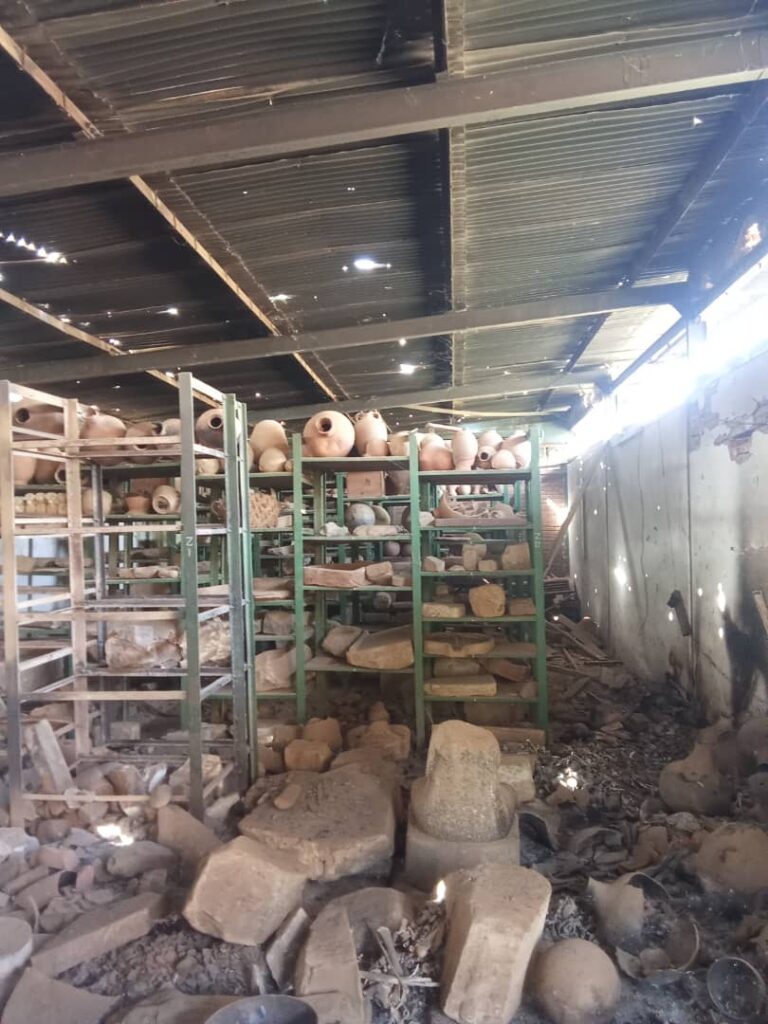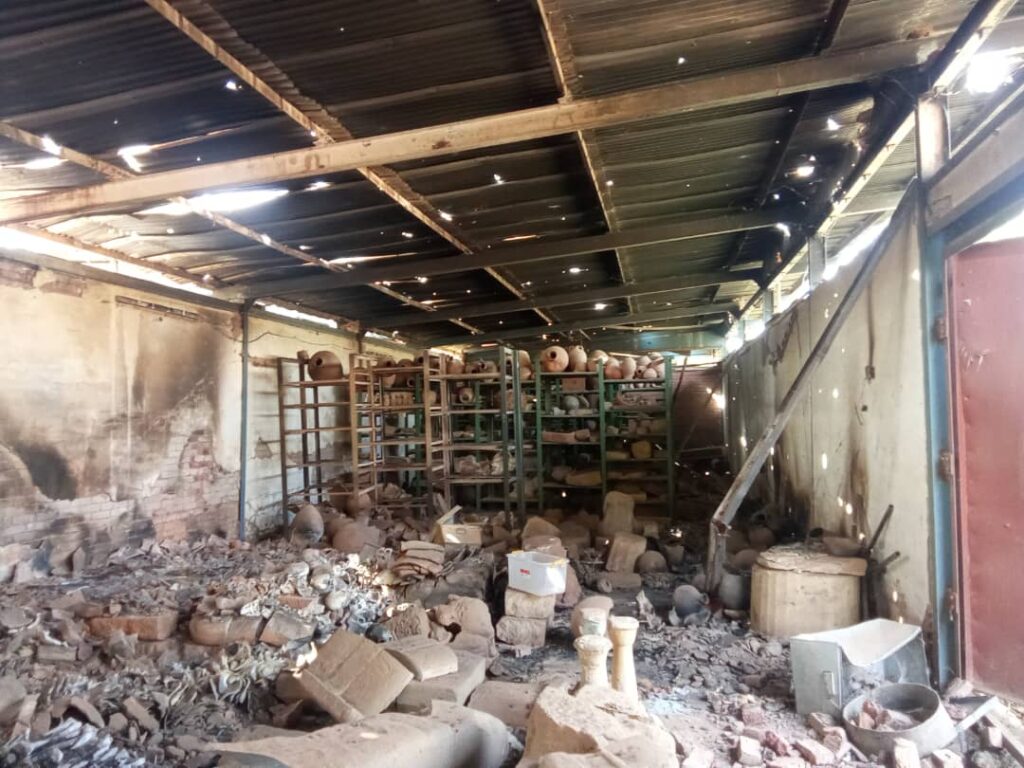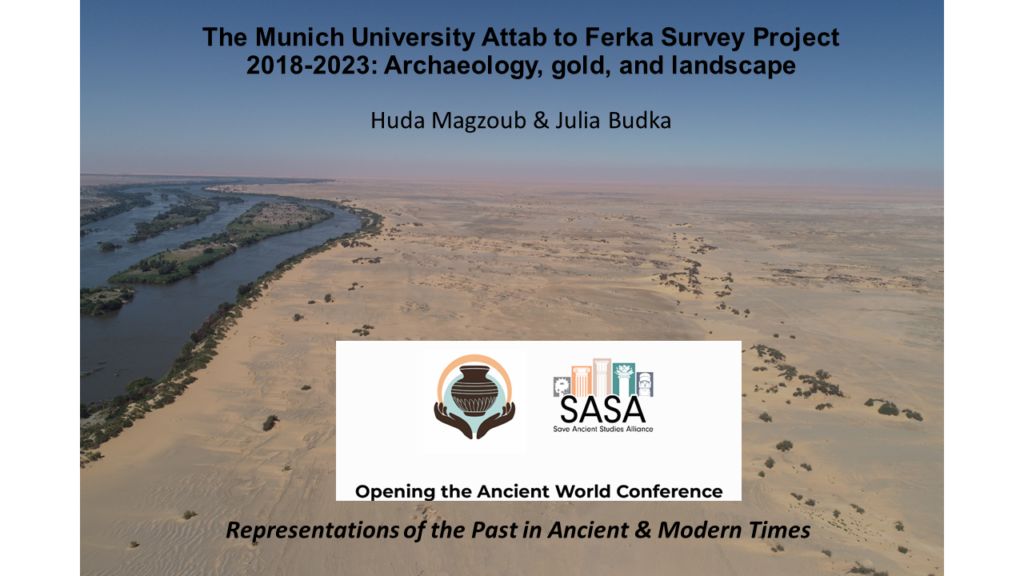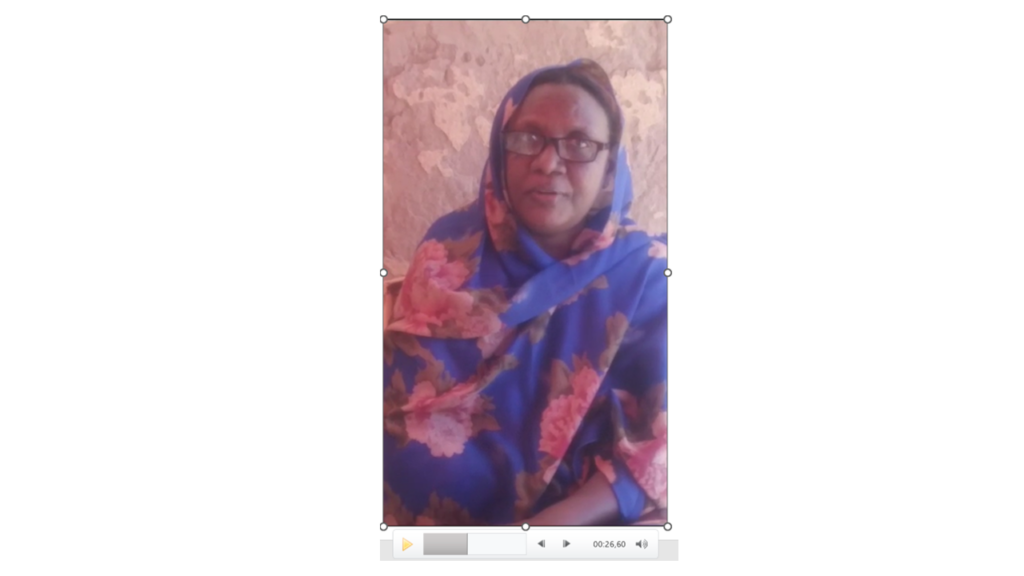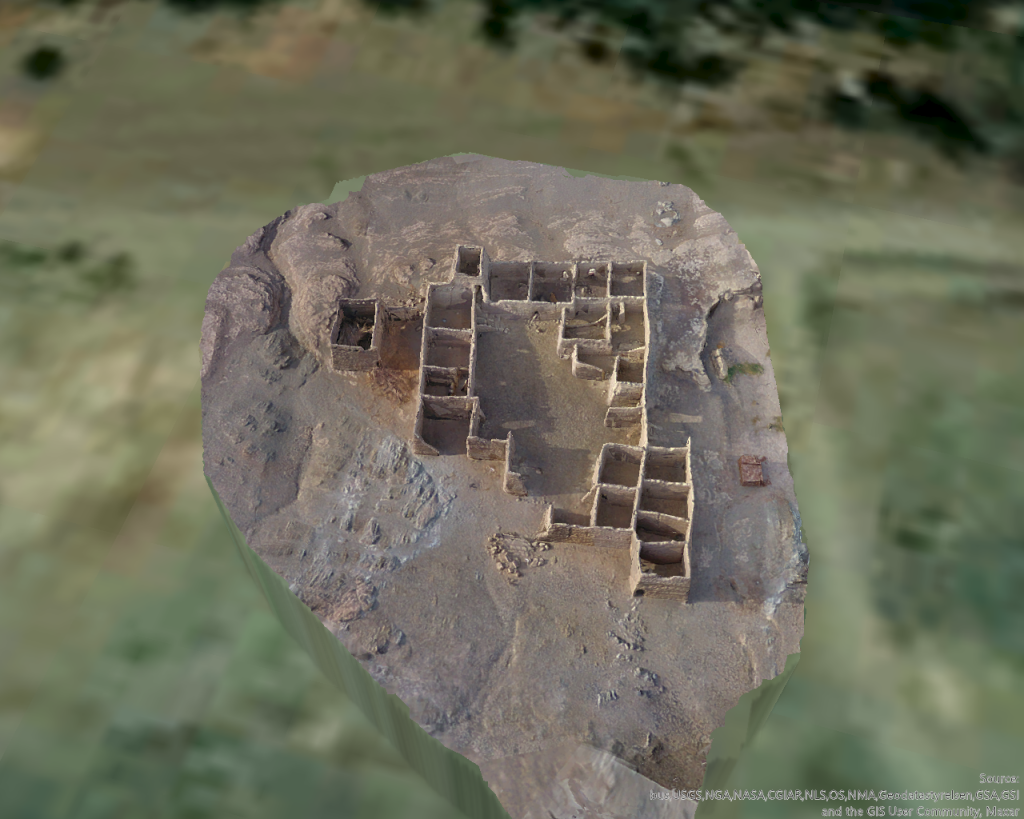After a long silence, the Sudanese antiquities and heritage, which have been ravaged by destruction, looting, and theft, are celebrating the Ministry of Culture and Information’s approval of international laws and conventions related to the protection of Sudanese heritage from looting, wars, and theft. This news is a beacon of hope that will push forward the protection of heritage in Sudan. The efforts of the state to protect the heritage in Sudan, represented by the antiquities stolen during the war in Khartoum between the Sudanese army and the Rapid Support Forces, are notable. There are several promising signs that this agreement will bring if the state is keen to swiftly implement it.
In this context, I will discuss some aspects related to these agreements, hoping that the international community will provide all possible support. I will review with you some aspects and questions related to the importance of these agreements for Sudan’s antiquities and heritage.
Firstly, what is the benefit of the Cultural Property Convention? And what is the 1995 UNIDROIT Convention on Stolen or Illegally Exported Cultural Objects? The 1995 UNIDROIT Convention aims to protect cultural heritage by establishing general legal rules for the return of stolen or illegally exported cultural objects. The importance of this convention lies in:
– Protecting cultural heritage: It contributes to protecting cultural property from theft and smuggling and promotes international cooperation for its recovery.
– Facilitating the return of cultural property: It provides a legal mechanism for the return of stolen or illegally exported cultural objects, making it easier for countries to recover their cultural heritage.
– Enhancing international cooperation: It encourages cooperation between countries to strengthen the protection of cultural heritage and combat illicit trafficking in cultural property.
– Protecting cultural identity: It contributes to protecting the cultural identity of countries and communities and promoting a sense of belonging and pride in cultural heritage.
– Combating illicit trafficking: It contributes to combating illicit trafficking in cultural property and promoting transparency and accountability in the trade of antiquities and cultural objects.
In general, the 1995 UNIDROIT Convention aims to strengthen the protection of cultural heritage and the return of stolen or illegally exported cultural objects, and to promote international cooperation in this field.
Secondly, what are the consequences of delaying the implementation of these conventions, especially for the collections of the National Museum? Delaying the implementation of international conventions for the protection of antiquities and heritage in Sudan and the National Museum can lead to several negative consequences, including:
– Increased looting and theft: Delaying the necessary measures to protect antiquities and heritage can increase the chances of looting and theft of museums and archaeological sites, as happened in the National Museum in Khartoum, where many rare artifacts were looted and stolen.
– Destruction of cultural heritage: Delaying the protection of antiquities and heritage can lead to their complete destruction, especially in the context of armed conflicts and wars, where archaeological sites and museums are subjected to bombardment and destruction.
– Loss of cultural identity: Cultural heritage plays a significant role in defining the identity of peoples, and losing it can lead to a national identity crisis.
– Difficulty in recovering stolen artifacts: The longer the delay between the theft of artifacts and the necessary measures to recover them, the more difficult it becomes to recover them, especially if they are sold on the global market or smuggled out of the country.
– Impact on scientific research: Losing cultural heritage and antiquities can make it difficult to conduct scientific research and archaeological studies, affecting our understanding of Sudanese history and culture.
– Negative impact on tourism: Cultural heritage and antiquities play a significant role in attracting tourists, and losing or destroying them can negatively impact the tourism sector in Sudan.
Examples of destruction include:
– The National Museum in Khartoum: It was looted and raided, and trucks loaded with artifacts left the museum, resulting in the loss of important artifacts.
– Nyala Museum: All the properties and museum collections were looted.
– The Khalifa Abdallah Museum: It was looted and parts of the building were destroyed.
– The Naga’a and Musawwarat area: It was attacked by the Rapid Support Forces, and videos were filmed inside the archaeological sites.
– Jebel Barkal: A World Heritage site that faces significant challenges due to urban and agricultural expansion, which could lead to its removal from the list.
Efforts to protect heritage include:
– The National Corporation for Antiquities and Museums: It works to recover stolen artifacts and track them through Interpol and international security institutions.
– UNESCO: It tries to coordinate efforts to protect Sudanese heritage by enhancing cooperation with local and international organizations.
– Civil society organizations: They play a significant role in highlighting the importance of antiquities and heritage and advocating for their return.
Thirdly, how can international laws and conventions be applied to protect Sudanese heritage, such as what was looted from the National Museum in Khartoum? To protect heritage in Sudan, international laws are applied through several mechanisms:
– UNESCO’s role: UNESCO works to promote the protection of cultural heritage in Sudan, especially after reports of looting and destruction of museums and archaeological sites. The organization has sounded the alarm and expressed deep concern about these actions.
– International cooperation: UNESCO encourages the international community to make joint efforts to protect Sudanese cultural heritage, including preventing the illicit trafficking of antiquities and cultural objects.
– Training and awareness: UNESCO provides training courses to enhance the capabilities of local authorities in the field of cultural heritage protection, in addition to raising public awareness about the importance of preserving heritage.
– Damage assessment: UNESCO works to assess the damage to archaeological sites and heritage in Sudan, including using satellite images to identify affected sites.
– Support for artists and local communities: UNESCO provides support to artists and local communities in Sudan through the establishment of art centers and cultural programs that help pre serve cultural heritage.
Regarding the National Museum in Khartoum as an example, several measures can be taken to protect the looted heritage, including:
– Recovery of stolen artifacts: Working to recover stolen artifacts from the National Museum and other museums in Sudan.
– Preventing illicit trafficking: Working to prevent the illicit trafficking of Sudanese antiquities and cultural objects through cooperation with local and international authorities.
– Documenting damage: Documenting the damage to the National Museum and other archaeological sites in Sudan to present it to the relevant authorities to take necessary measures.
The Ministry of Culture’s approval of international conventions related to the protection of Sudanese heritage is a positive step towards protecting heritage in Sudan, especially in the face of challenges posed by wars and conflicts.
